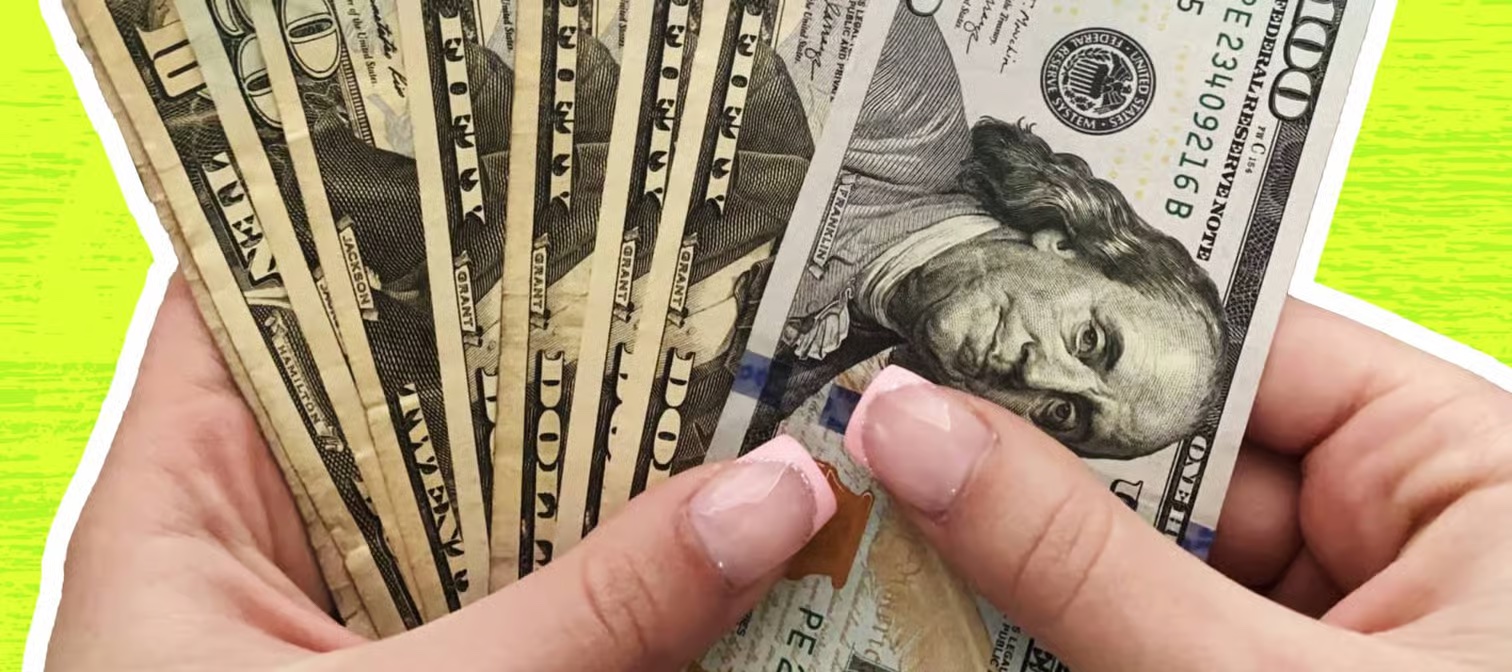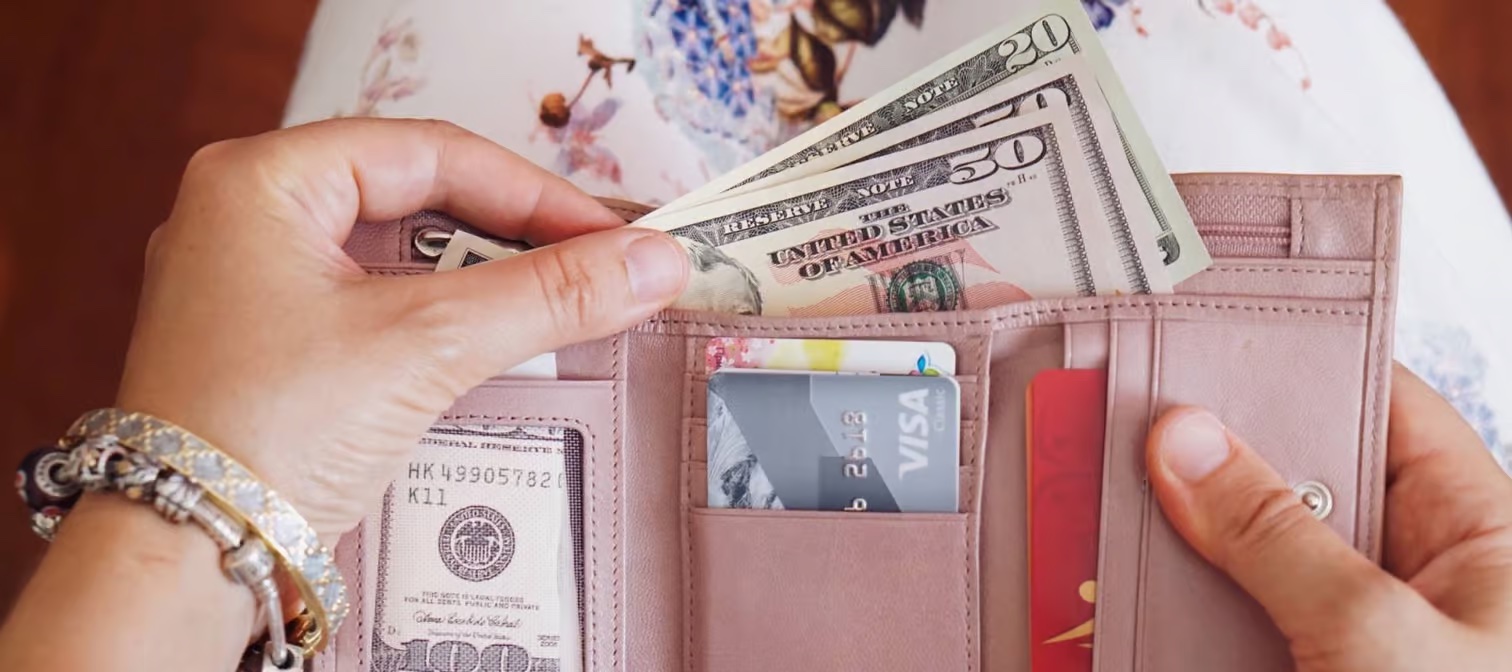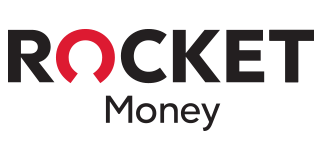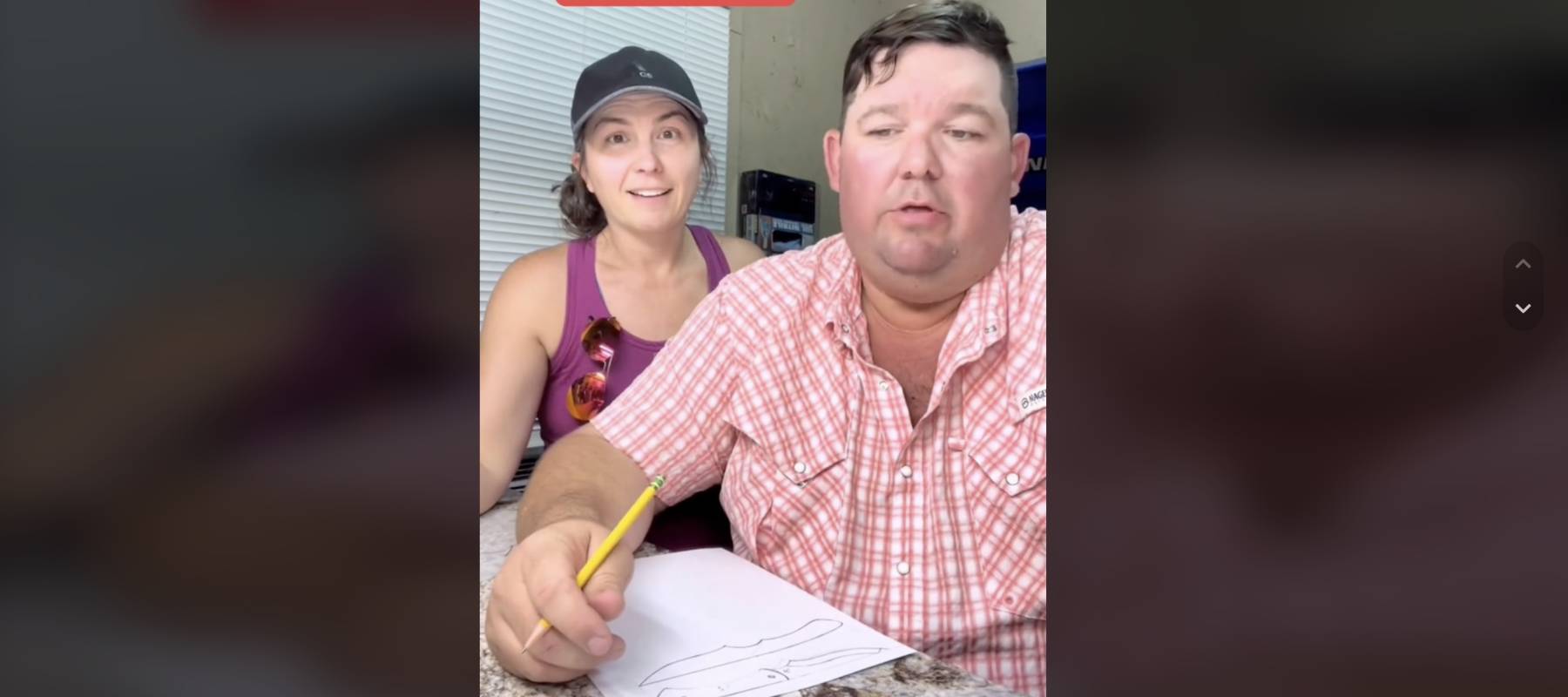We adhere to strict standards of editorial integrity to help you make decisions with confidence. Please be aware that some (or all) products and services linked in this article are from our sponsors.
Much like your daily commute or routine trips to the dentist, managing your money can feel like a necessary evil. And while you might not be enthusiastic about it, it’s an essential part of adulting.
The good news is, once you establish good money management habits, you’ll reap the rewards. This could include a better credit score, a long-awaited vacation, or a sizable retirement nest egg.
But the first step in the journey is getting a handle on your earnings and expenses. After all, if you don’t understand your money, how can you begin to manage it or set financial goals?
In this guide, we’ll take a deep dive into managing your money, offering advice and best practices to help you better your financial situation, all while breaking things down into simple steps.
What is money management?
Money management is the process of wrangling your finances. It’s about understanding your current money situation, setting goals for your cash, and establishing and maintaining solid financial habits.
How to manage your money
If your overarching goal is to get a better handle on your money, some smaller milestones can help you get there:
- Understand your current financial situation: Look at money coming in versus money going out, how much you have in your bank accounts or investment accounts, and what you might need to improve. Determine your personal priorities and goals to figure out what you'd like to work toward.
- Create and stick to a budget: If your financial goals are the destination, your budget is like the navigation tool that’ll help you get there. Find a budgeting option that works and stick with it.
- Establish an emergency fund: Prioritize building an emergency fund so you have a safety net you can tap into when unexpected expenses arise.
- Save for retirement: Establish and contribute to a retirement account if your goals involve building a nest egg for the future.
- Pay off debt: Figure out a debt payoff strategy and start chipping away at your balances.
- Schedule regular progress reports: Track your progress so you know where you started and how you’re progressing toward your financial goals.
Budgeting 101

Budgeting techniques can help you better manage your expenses and grow your savings. Find the right budgeting strategy for you.

With a zero-based budget, you allocate every bit of last month’s income for a specific purpose in the following month. Learn the pros and cons of zero-based budgeting to determine if it's right for you.

This old-school budgeting strategy is having a surge in popularity for helping young people survive rapidly rising prices.

Another step on the journey to better money management is building an emergency fund. Don't let an unexpected emergency clear out your household finances. Here's why you need an emergency fund.
More: Latest articles on Budgeting
Money management apps
Once you’ve figured out your budgeting strategy, it’s time to determine the best approach for tracking your spending.

A smart money management app will categorize and group your spending into easy-to-read dashboard. See our picks for the best. money management apps out today.
Looking for a Mint alternative?
On Oct. 31, 2023, Mint announced they will be shutting down in 2024. While current Minters can onboard to Credit Karma, there are several other money management apps that are similar to Mint that can help you reach your financial goals.
Monarch Money is one of the best money management solutions to consolidate all of your bank accounts, brokerage accounts, assets, and liabilities under one platform.
Switch from Mint to Monarch Money and get 50% off
YNAB (You Need a Budget) allows you to plan your spending for the upcoming month, and then assign transactions to the various categories. With a 34-day free trial, it's a popular budgeting app.
Rocket Money makes it easier than ever to manage subscriptions, lower your bills, and stay on top of finances and budgeting.
Managing debt
While having no debt might seem like the ideal scenario, certain types of debt are considered better than others. Good debts have low interest rates and can help improve your financial situation in the long run. Whereas bad debts have high interest rates and make it harder to get ahead financially.
If you’re struggling with managing your debt, it could help to embrace a debt repayment strategy. Two common options are the debt snowball and debt avalanche methods.
Debt snowball method
The debt snowball method involves repaying your smallest debt first and making minimum payments on the others, then focusing on your next-smallest debt, and so on. This strategy gives you some quick wins, which can serve as essential motivation for staying on track with debt repayment. But it could result in hefty charges if your largest debts have high interest rates.
Debt avalanche method
Unlike the debt snowball method, the debt avalanche method involves paying off your highest-interest debt first and making minimum payments on the others. While it’s harder to see your progress with this strategy because your wins won’t be quick, your interest charges could be lower in the long run.
More: Latest articles on Debt
Test your money management knowledge
What percentage of U.S. adults had a monthly side hustle in 2021?
Tips for earning extra income
Sometimes you might want to earn a little extra money to help pad your savings or meet a specific financial goal. Fortunately, there’s no shortage of part-time gigs and side hustles available.
But the best way to earn extra income might be to start at home. Chances are you’ve got some extra stuff lying around that you don’t use, and services like eBay and Facebook Marketplace make it quick and easy to sell unwanted household items.
Of course, there are other side hustles available too. A few popular options include driving for a rideshare service, delivering food, or walking dogs in your spare time. Companies like Instacart and Doordash let you make your own schedule delivering groceries or takeout, which can be convenient if you don’t have a ton of extra time. You can also look into Rover or Wag if you want to earn extra cash as a dog walker.
If you prefer a more passive side hustle, Neighbor or Turo might be worth considering. With Neighbor, you can rent storage space in your home, like an extra closet or a shelf in your garage. And Turo lets you rent out your car when you aren’t using it. No heavy lifting required!
More: Latest articles on How to Earn Money
Ask the eight ball
Want to learn more about money management? Shake the sphere for eight financial facts.
For fun facts
Improving your credit score
Apart from saving, paying down debt, and padding your income each month, one of the best financial steps to take is improving your credit score. Doing so could make it easier to rent an apartment, get a mortgage, or access other types of financing. You could also get more favorable interest rates, making it cheaper to borrow money.
There are different models for grading a credit score, but the most common is the “FICO” score. This model is named after Fair Isaac Corp., which introduced its modern credit scoring system in 1989.
To understand your credit score, it’s important to first understand the different FICO score ranges:
- Poor: 300-579
- Fair: 580-669
- Good: 670-739
- Very Good: 740-799
- Exceptional: 800-850
Once you understand the ranges, check your credit reports and score. There are three main credit bureaus in the U.S. — Equifax, Experian and TransUnion — and each one collects slightly different data. You can access all of your reports for free at AnnualCreditReport.com. After that, work toward improving your score using these strategies:
- Make on-time payments: Your payment history accounts for a big portion of your credit score, so prioritize making on-time payments. If possible, also pay your balances in full each month.
- Focus on paying down debt: If you have significant credit card debt, that can negatively impact your score. Focus on paying down your debts to lower your credit utilization ratio, another factor that impacts your score. A lower credit utilization ratio may result in a better credit score. Ideally use no more than 30% of your credit limit. So if your limit is $10,000, try to keep the balance below $3,000.
- Request higher credit limits: It’s also possible to request higher credit limits to lower your credit utilization, but only go this route if you use your credit cards responsibly.
- Become an authorized user: Those with a thin credit file might consider becoming an authorized user on a trusted family member or friend's credit card. As an authorized user, you could benefit from the responsible payment history of the primary card user, which could mean a boost to your score.
- Consider a secured card: A secured credit card is another good option if you have limited credit. These cards generally require a security deposit, which is then used as your credit limit. Most card issuers will report your payments to the major credit bureaus, so you may see your credit score improve with responsible use.
- Track your progress: Improving your credit score takes time and dedication, but it pays off. Consider tracking your progress routinely so you can see how your score changes over time.
More: Latest articles on Credit Score
Money management FAQ
Disclaimer
The content provided on Moneywise is information to help users become financially literate. It is neither tax nor legal advice, is not intended to be relied upon as a forecast, research or investment advice, and is not a recommendation, offer or solicitation to buy or sell any securities or to adopt any investment strategy. Tax, investment and all other decisions should be made, as appropriate, only with guidance from a qualified professional. We make no representation or warranty of any kind, either express or implied, with respect to the data provided, the timeliness thereof, the results to be obtained by the use thereof or any other matter.








